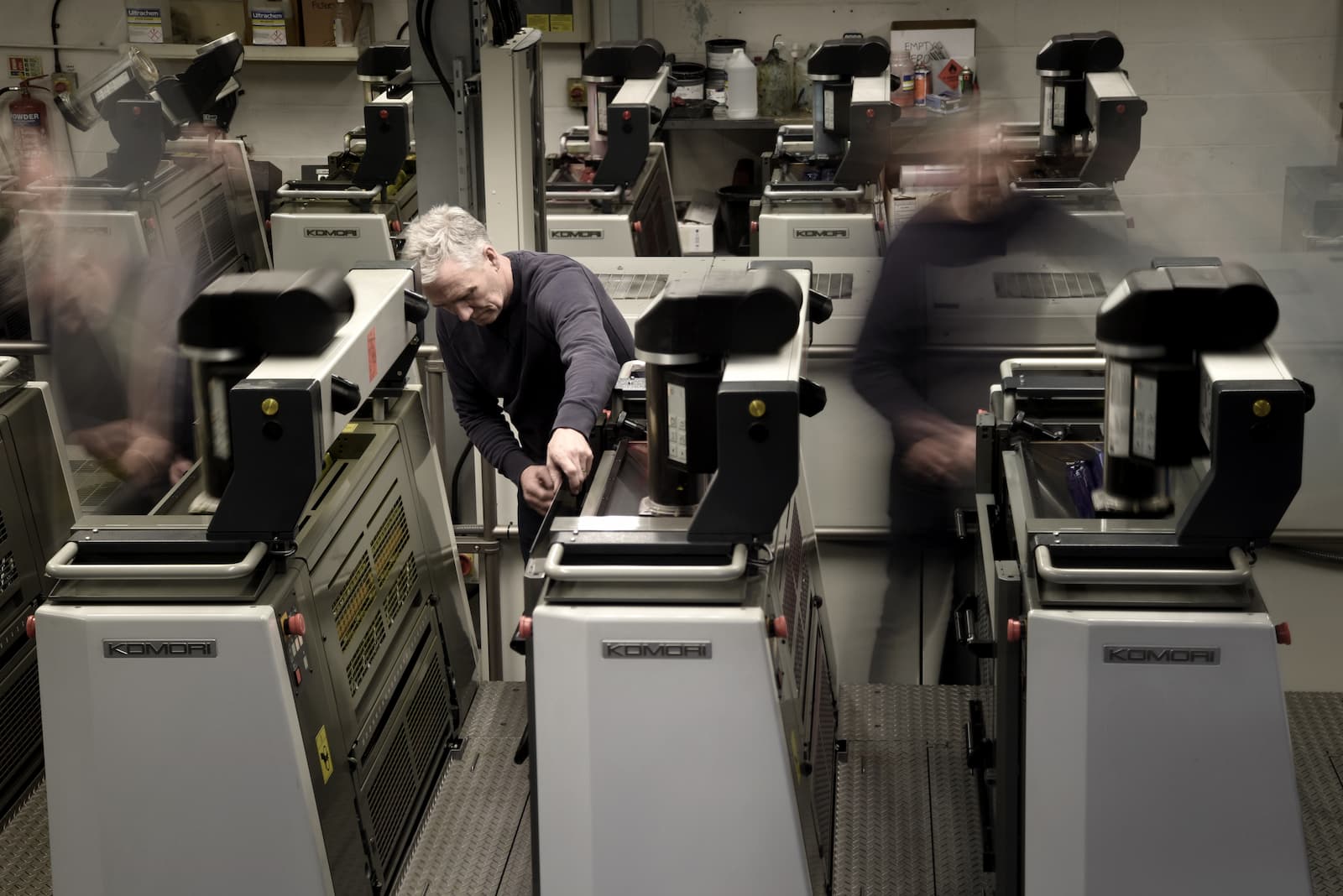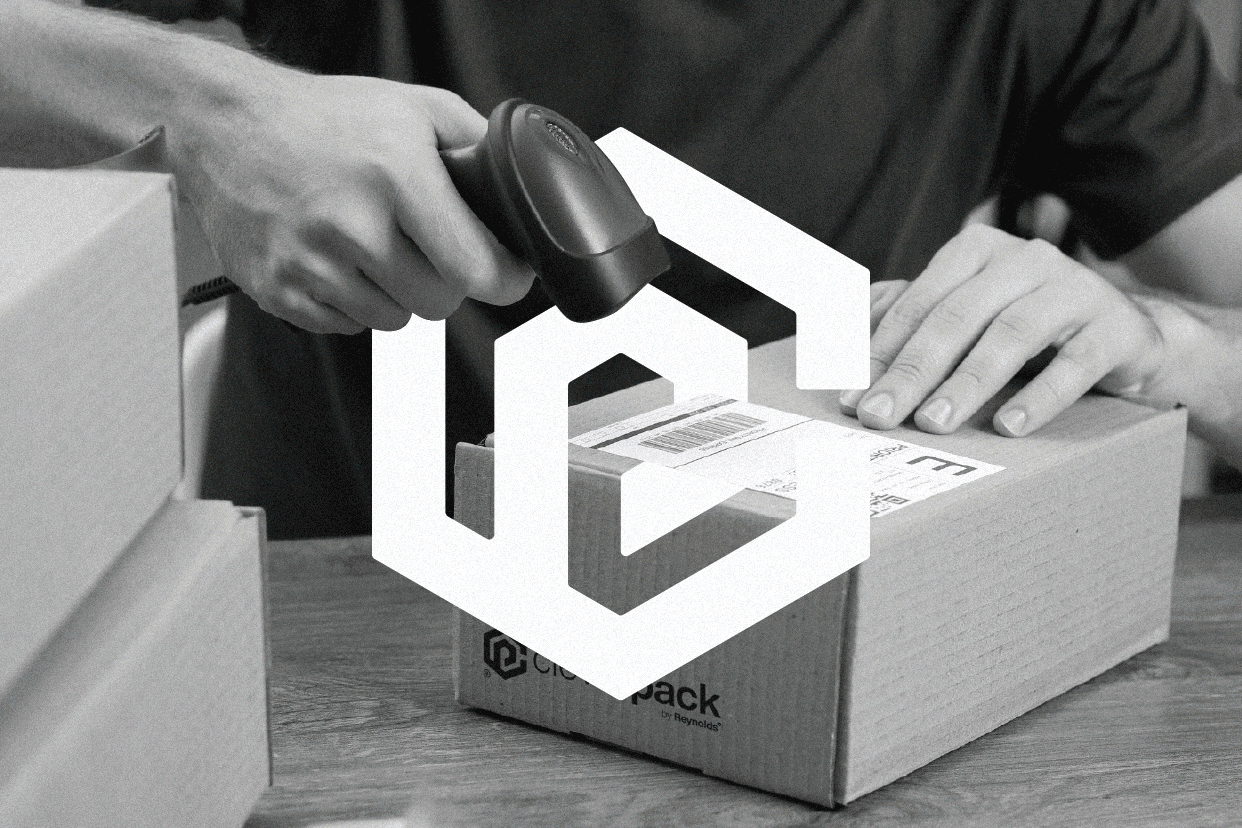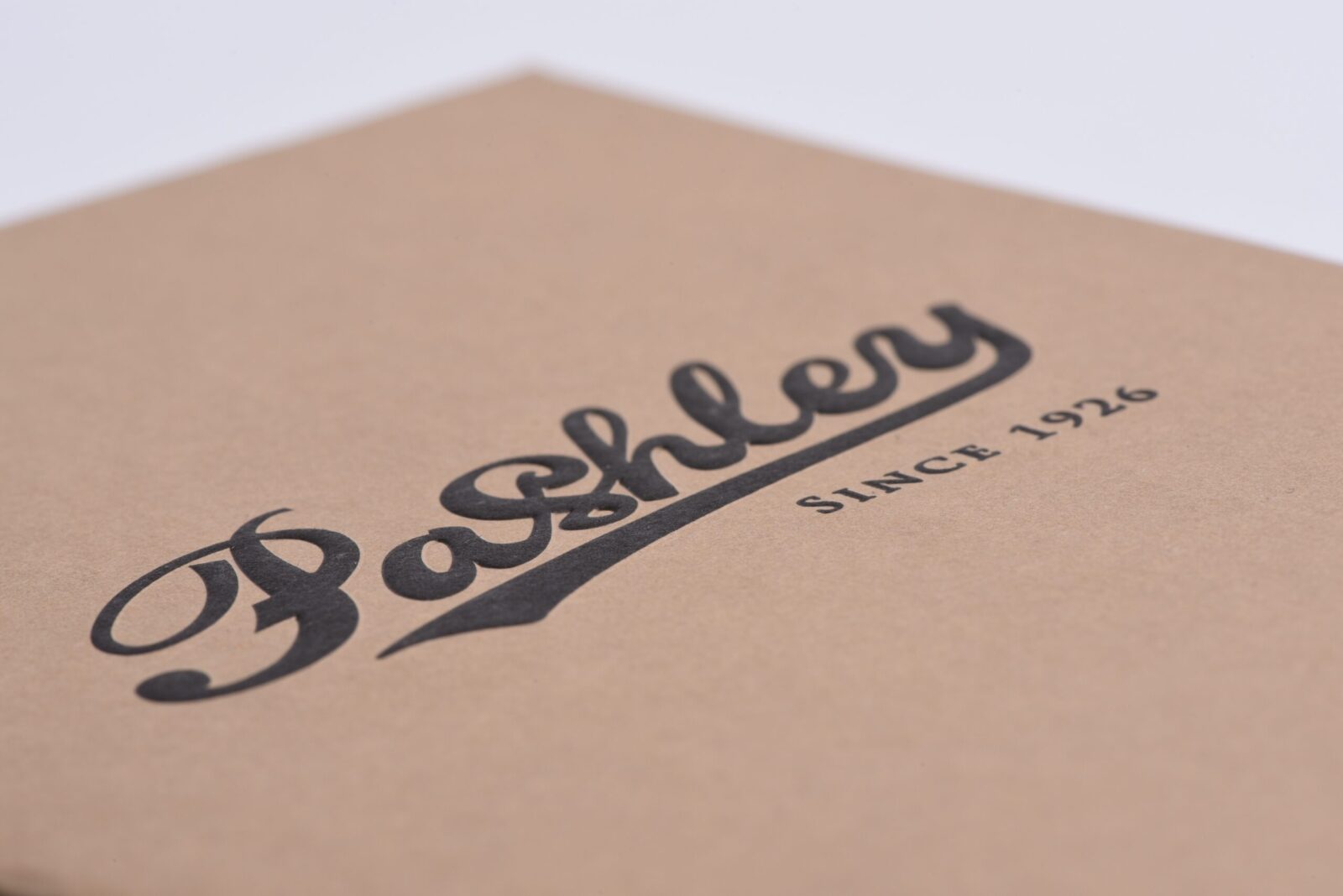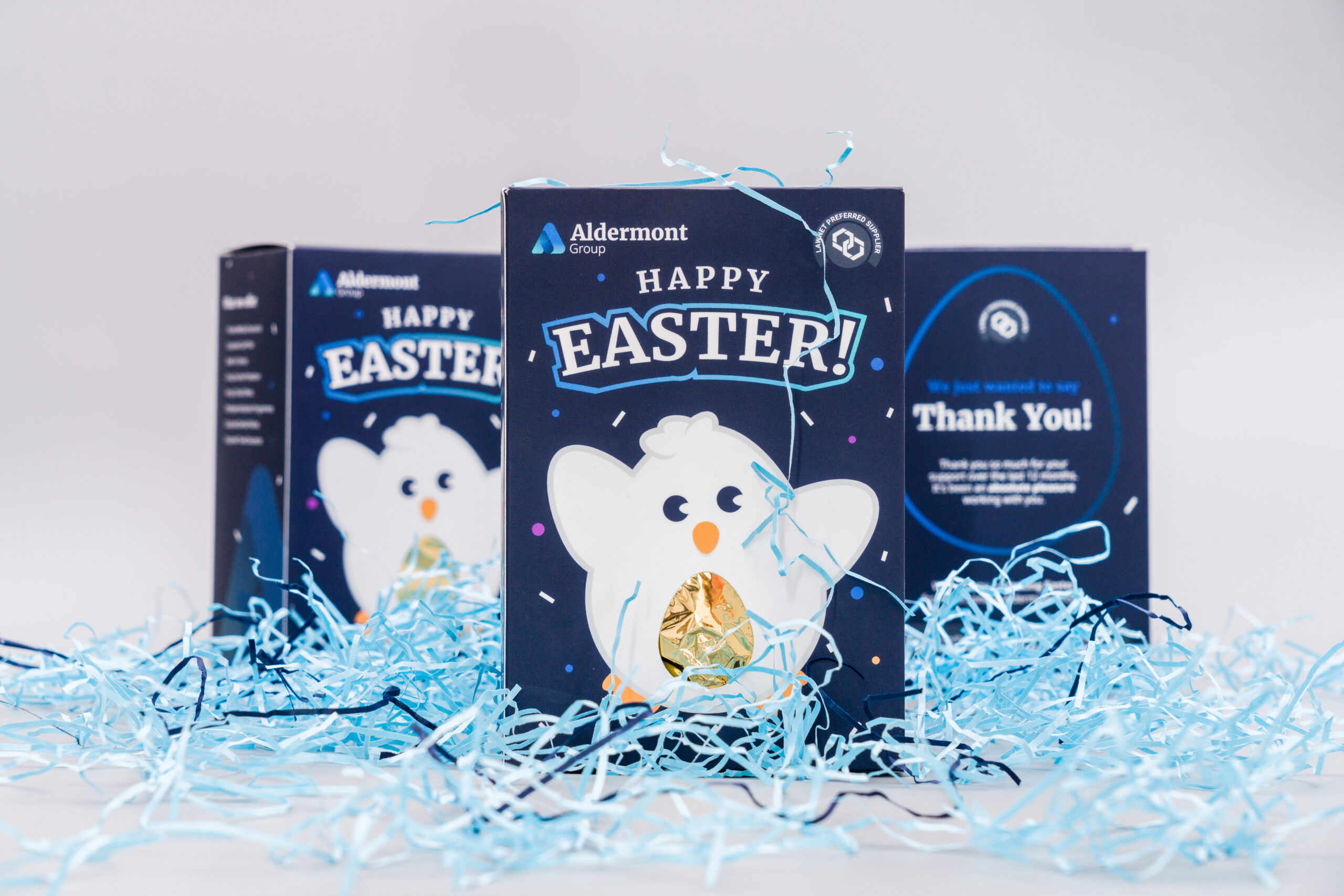
An approach designed to give you peace of mind
For more complex projects, we will sample, test and develop until they are ready for production.
Whatever your project, you can rest assured you are in good hands when you work with Reynolds Press.
With a no-limits approach to printing and over 75 years in business, we pride ourselves on our history as the one-stop printing solution for businesses that value integrity, craftsmanship and reliability.
What we do
- Letterpress printing
- Lithographic printing
- Digital dry toner printing
- Digital liquid toner printing
- Ink jet printing
- Lamination & varnishing
- Embossing, debossing & foiling
- Die, CAD & laser cutting

Introducing cleverpack 📦
We’ve been thinking that design and print is not all about design and print but there is something crucial that is missing. It’s no good having great design and perfect print if the right stuff does not get to the right place in the right order 100% of the time.
Cleverpack uses QR and barcode technology to read every single item you want us to print so we can pack the exact items, in the exact order that you require 100% of the time with no exception.
So in situations where delivery of the right printed material has to be perfect, Reynolds Press using cleverpack technology can give you that peace of mind.
Find Out More



